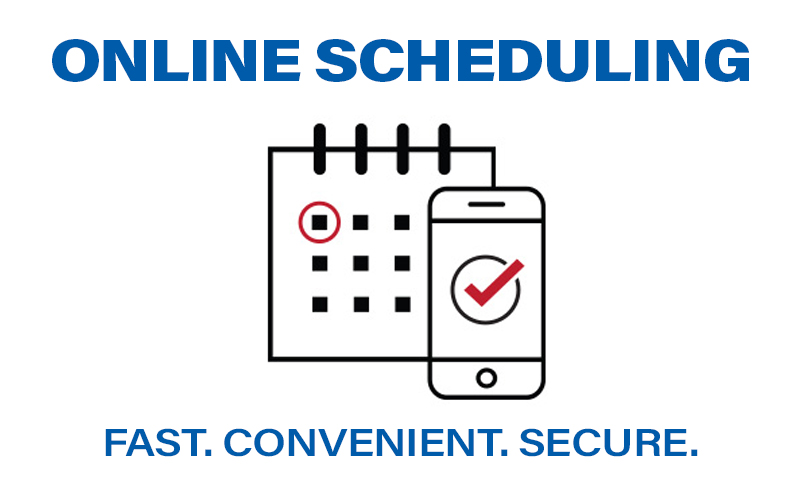Outpatient Joint Replacement
By David Rhoads M.D.
When I first heard of orthopedic surgeons performing outpatient total joint surgery, I have to admit, I was skeptical. I have been performing joint replacements for years and very few patients were able to walk and have pain controlled well enough to go home on the same day or following day of surgery. I was trying to control pain through conventional methods of oral and intravenous pain medications. This method can control pain fairly well, but also causes high incidence of nausea and vomiting. Typically the pain was able to be controlled as long as patients did not move. This ‘inadequate’ pain control delays progress with physical therapy, and keeps patients in the hospital for days. I would tell patients I could not eliminate the pain, but could make it tolerable. At its best, patients would state routinely that their pain level is 5-6 out of ten.
In my search for better pain control, I then tried peripheral nerve blocks. This consists of the anesthesiologist placing a local anesthetic around the nerves that supply the tissues surrounding the joint that I will be operating on. This does work well for pain control. Patients typically have no pain for 12-24 hours after the surgery. However, it also blocks the nerves that supply the muscles. For shoulder surgery, having no muscle function is not ideal, but can be worked around. But for knee surgery, having no muscle function can be dangerous. I had a few individuals, not having any pain and muscle strength, try to get up on their own and fall. In my frustration, I stopped using blocks and started looking for other options.
That is when I found an injection mixture performed during the surgical procedure that promised excellent pain control for 3 days. The results were eye opening. Patients routinely report pain 1-2 out of 10 on the new method vs 5-6 out of 10 using my traditional method.
This new pain control method has dramatically changed how patients recover after total joint replacement surgery. I have even had patients after bilateral total knee replacement surgery to be able to go home the same day as their surgery. Their pain was controlled, able to walk in the hallway, and able to go up and down stairs. Prior to this, almost every bilateral total knee patient went to rehab for 10-14 days. What was previously impossible, is now performed routinely.
Partial knee replacements, total knee replacements, total hip replacements, and total shoulder replacements are now being performed on a outpatient basis. Patients are enjoying the freedom of going home, with pain controlled. Since patients are moving around easier, it allows patients to immediately start outpatient physical therapy. This allows patients to start the recovering process faster than was previously impossible. If you are interested to see if you are a candidate for outpatient total joint surgery, please contact our office for an appointment.



